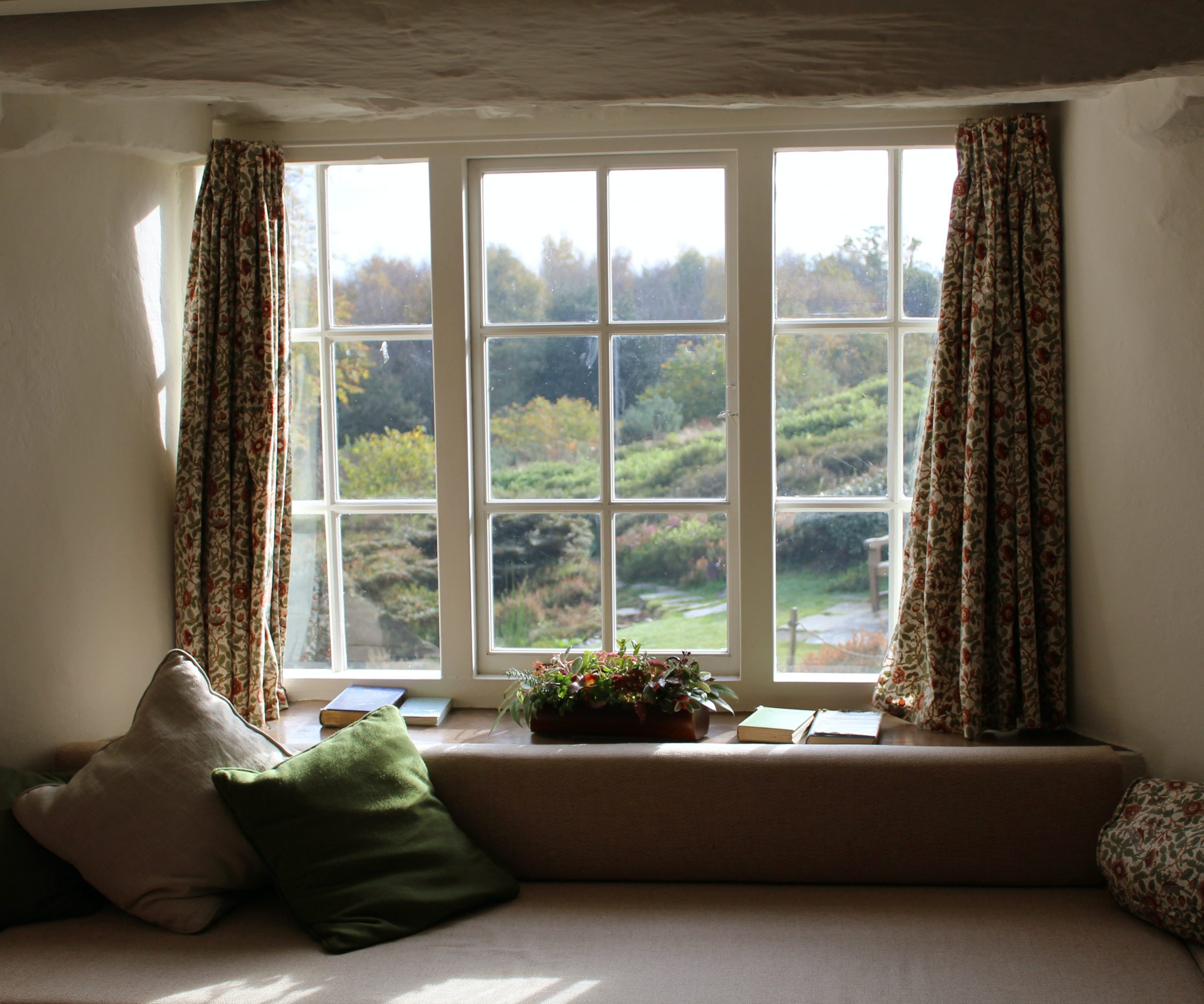Low-E Window Films: the "fixer-upper" for old(er) windows!
As a former resident of New Orleans and renovation show connoisseur, I appreciate old windows. Before there were vinyl windows and double-glazing, there were wood frames with lead weights integrated into the walls to counterbalance the heavy weight of the window, to keep them positioned while open. Brilliant!
What’s not so brilliant, however, is the chill of a draft coming through or around the window on colder days, or condensation rolling down the window anytime the temperature of the window and humidity surpass the dewpoint of the room. I like modern air conditioning and heat, and condensation and mold resulting from condensation is not definitely not brilliant!
Can we have our single-glazed windows and enjoy climate control too? YES! Check out “Low-E” window films. Low-E stands for low emissivity, which denotes the ability of radiant energy to pass through a substance. You want your nice air conditioning or heat to stay inside, and the summer heat or winter cold to stay outside, yet let the light shine through? That’s what low-e coatings do: they are a transparent “blanket” for your windows!
This diagram from energyeducation.ca shows how the low-e coating works
Here’s another graphic regarding the difference between “absorbing films” versus “low e films” (gsa.gov)
Aside from retaining the climate inside, while retaining the aesthetics of the old window, there are the financial reasons to consider window film insulation. Did you know that approximately 30% of a home's heating energy is lost through windows, and in cooling seasons, about 76% of sunlight that falls on standard double-pane windows enters to become heat ? (energy.gov). If you were to count the dollars floating out your windows, insulating them makes sense. According to buildings.com, low e films work all year long, and provide an ROI (return on investment) in 2 to 5 years, depending on the climate and type of film selected, and warranties can be between 7 to 15 years (ROI and warranty figures are for professional installation). Two case studies on the Hansen Federal Building in Ogden, Utah, and the Cabell Federal Building in Dallas, Texas, along with computer simulations across seven climates showed that application of low e window film averaged 29% HVAC savings on single pane windows in perimeter building zones. (gsa.gov) When you consider the cost of applying the film to decent windows that still function properly versus replacing them with new windows made of low-e glass, the cost savings can be huge: $6-14 per square foot of installed film, vs. $300 to $1000 per replaced window (angi.com) It’s a savings no-brainer!
Speaking of installation, there are lots of options regarding application (DIY or professional installation), appearance (transparent, shaded, mirrored and everything in-between), and with these options, of course, a range of costs. Wrangling large sheets of thin plastic is doable, but not easy! I perceive the “Cadillac” of window coatings to be professional installation with a warranty! For those who have the budget, here are some options:
3M Thinsulate™ Climate Control Window Film “ improves the insulation value of a typical single pane window close to that of a double pane window and the insulation value of a typical double pane window close to a triple pane window.” It also keeps blocks up to 99% of the sun’s rays, which prevents fading and deterioration of home decor. This site will help you find a local dealer to install it.
Vista Window Film has a number of products that reflect heat and light; check out their Low Emissivity selection for two options and find dealers who can install for you!
Solar Control®'s Ceramic line is very similar to that created for space shuttles as it cancels up to 90% of infrared rays, blocks 99% of UV rays, and prevents 73% of the heat coming through windows. The small ceramic-based nano-particles are more durable and protective than other films and make windows shatter-resistant. (drwindowtint.com)
What type of low-e window film should I get? Without professional installation, you’ll want to find a film that fits your climate, and your lighting taste. The Solar Heat Gain Coefficient (SHGC) should be low for warmer climates, and high for cooler climates. The visible transmittance rating (VT) is the amount of natural light admitted, so this number will be higher for more light in your room.(spruce.com) Please also note that there are “window insulation kits”, particularly by 3M or FrostKing, that adhere to the window frame and not the window (these stop drafts but do not have low e properties). Here are some of the best DIY films we’ve reviewed:
Snaptint.com offers low e films for your home and for your car, which are (ta-da!) pre-cut. At $3.15 per square foot, this SolarGard product comes in a light or dark variety for visual preference, and you can add installation tools for $9.99, which seem like a worthwhile add-on when watching the installation video.
For homes in warmer climates, check out SnapGuard products. Their ceramic window films come in several different shades, and block out up to 99% of infrared rays, which are those that cause significant heat transfer to the interior.
TintDepot.com has several options of ceramic films with clear or reflective properties. I like that these product pages have easy-to understand tables with property values like Visible Light Transmittance (VT) and Total Solar Energy Reflectance (TSER). Their rolls are large, enabling you to do a lot of windows, and come in between $2-$3 per square foot not including shipping and application tools.
Be aware that many films claim to be anti-UV and high-heat rejection (such as BDF and Gila products), but do not add any SHGC ratings to their products.
Go on, invest in some new shades for your windows: you will soon feel the difference!
Photo by Rob Wingate on Unsplash

